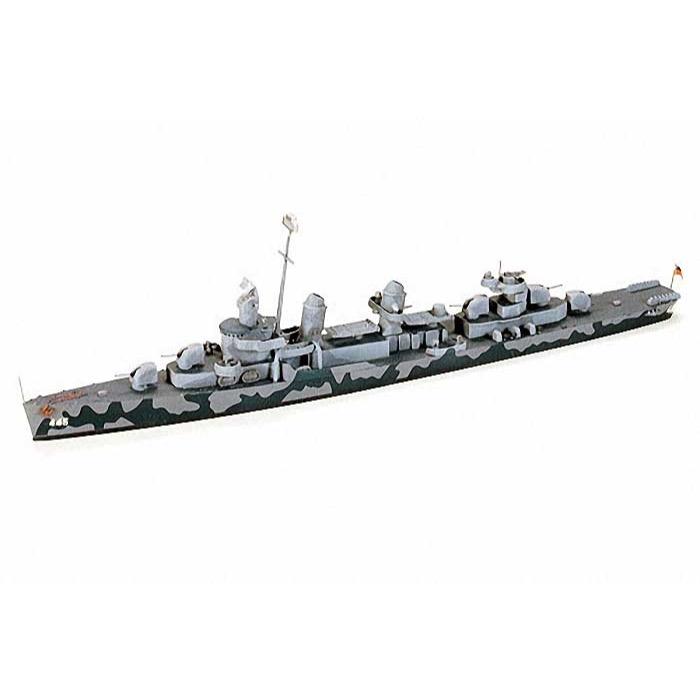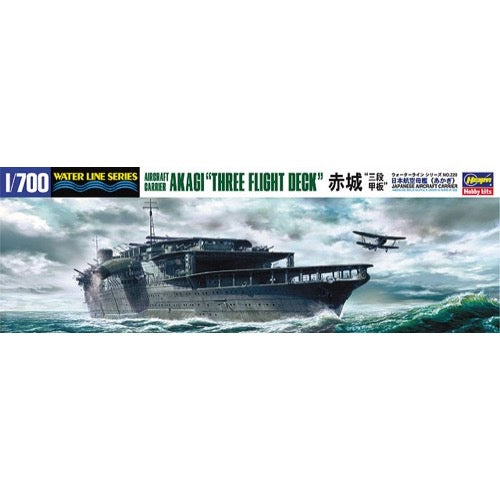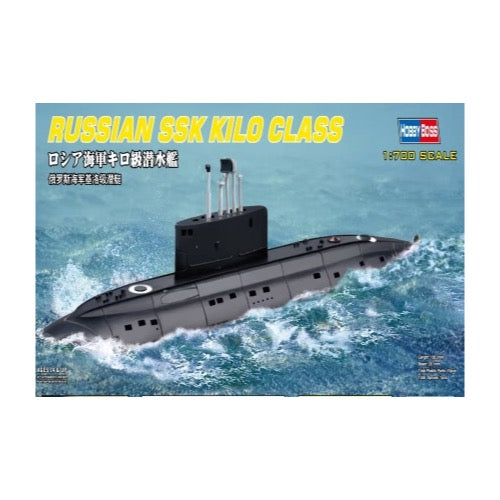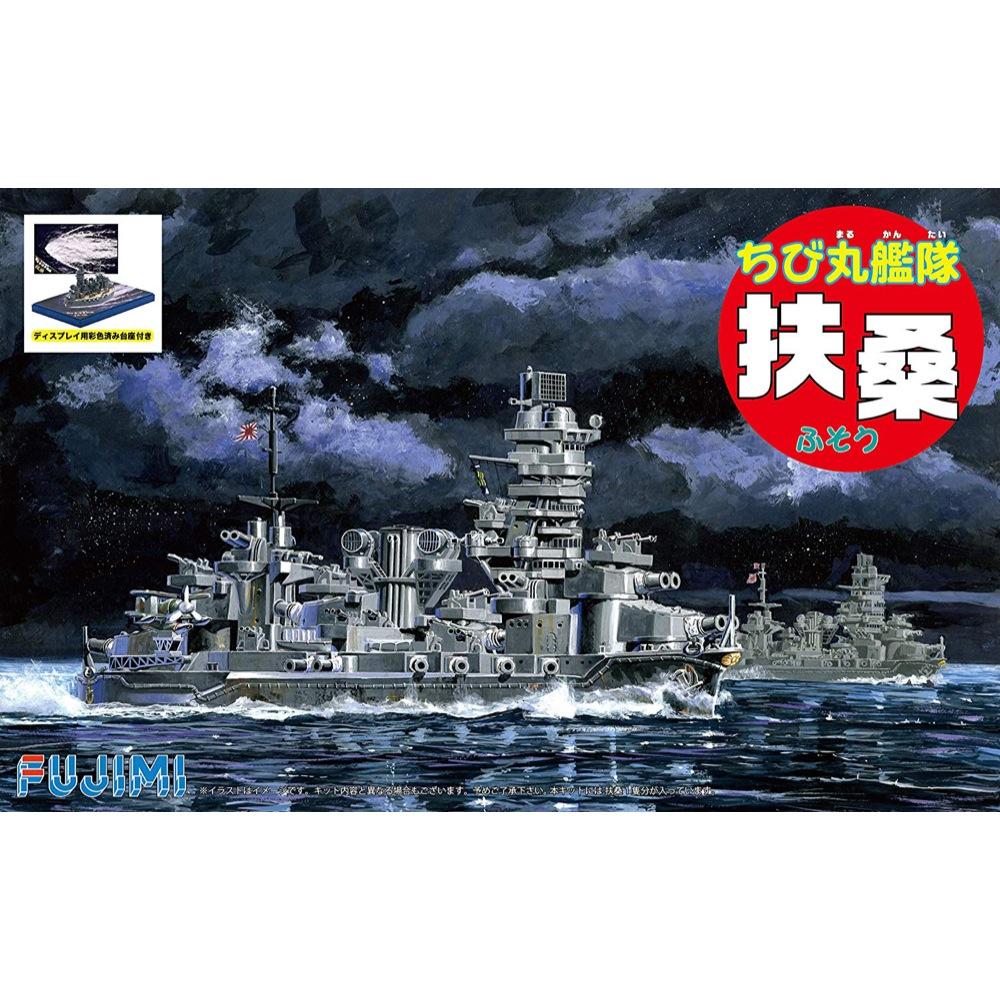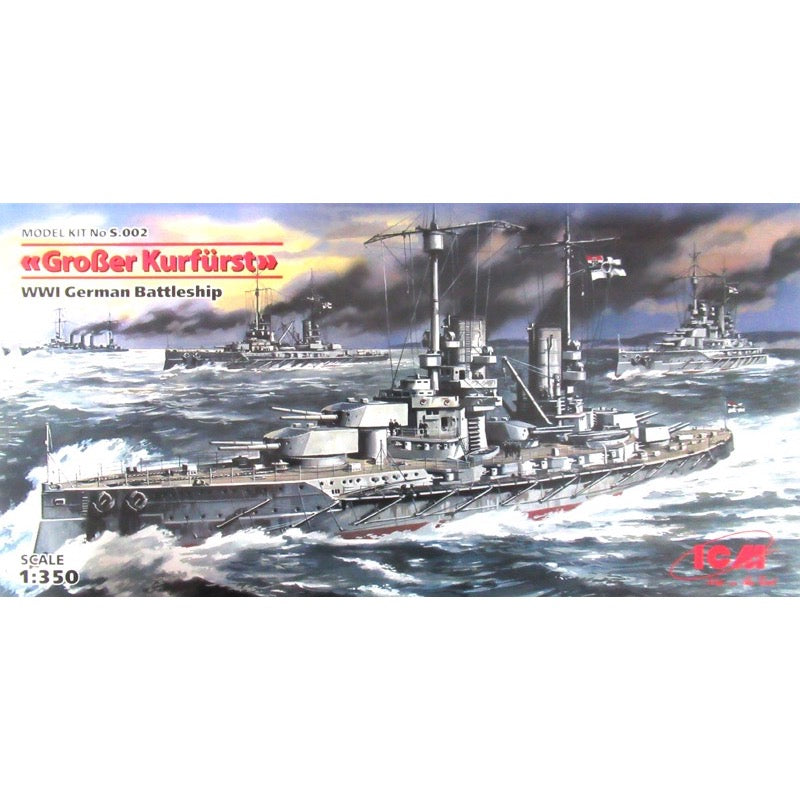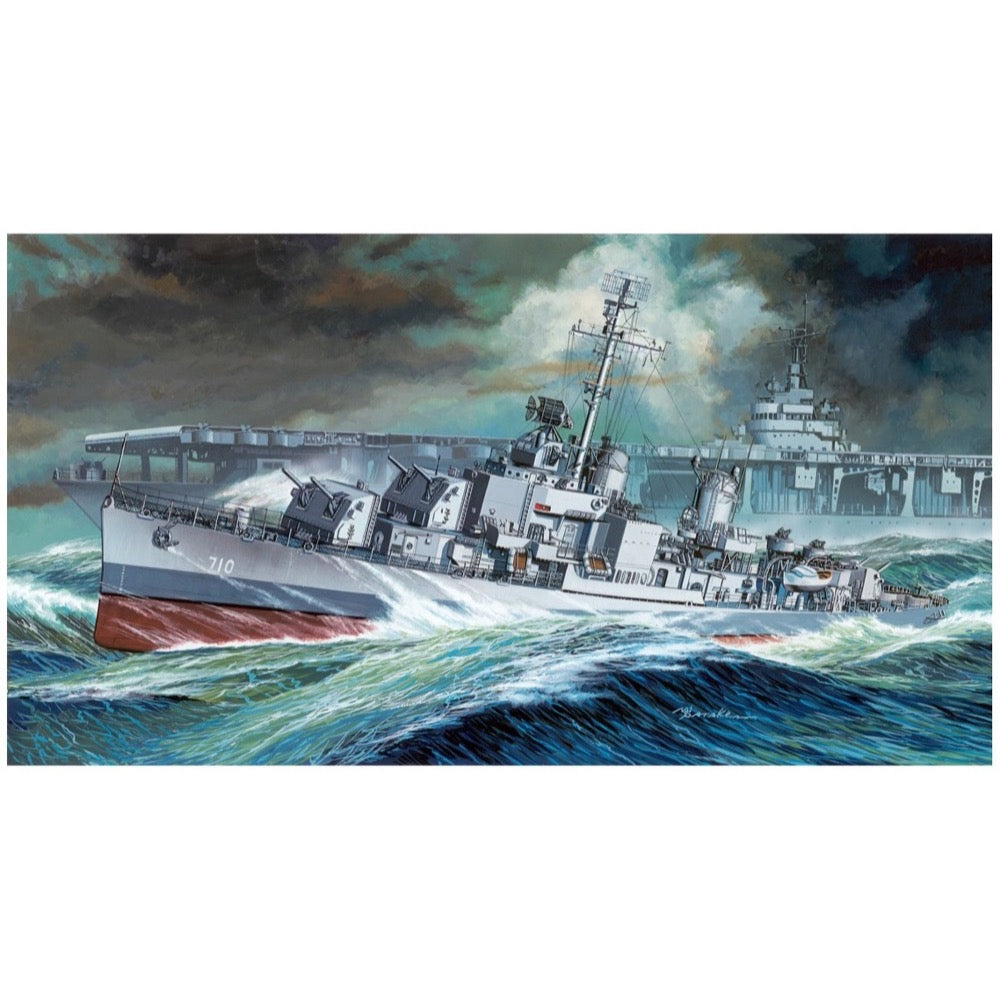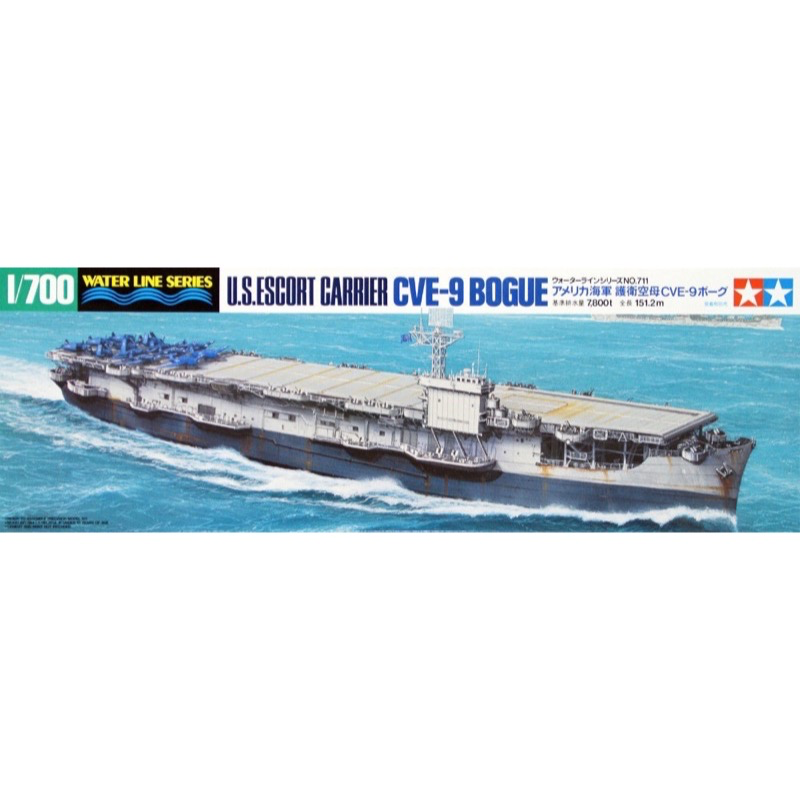
Academy 14222 1/700 USS Missouri BB-63 MCP
23.00
$
<p>THE USS Missouri (BB-63), (“<em>Mighty Mo” or “Big Mo</em>”) is a United States Navy Iowa-class battleship and was the third ship of the U.S. Navy to be named in honor of the U.S. state of Missouri. Missouri was the last battleship commissioned by the United States and was best remembered as the site of the surrender of the Empire of Japan which ended World War II. Missouri received a total of 11 battle stars for service in World War II, Korea, and the Persian Gulf, and was finally decommissioned on 31 March 1992. She remained on the Naval Vessel Register until January 1995.</p>
<h3>Features</h3>
<ul>
<li>ALL NEW TOOLING!</li>
<li>Final version of WWII U.S. Navy Battleship Missouri</li>
<li>Multi-Colored Parts (MCP), no painting needed; fast easy assembly</li>
<li>2 Rotatable gun turrets & 1 fixed gun turret</li>
<li>Reconnaissance aircraft included</li>
<li>Includes water transfer decals & stickers.</li>
<li>Full hull and water line option</li>
</ul>
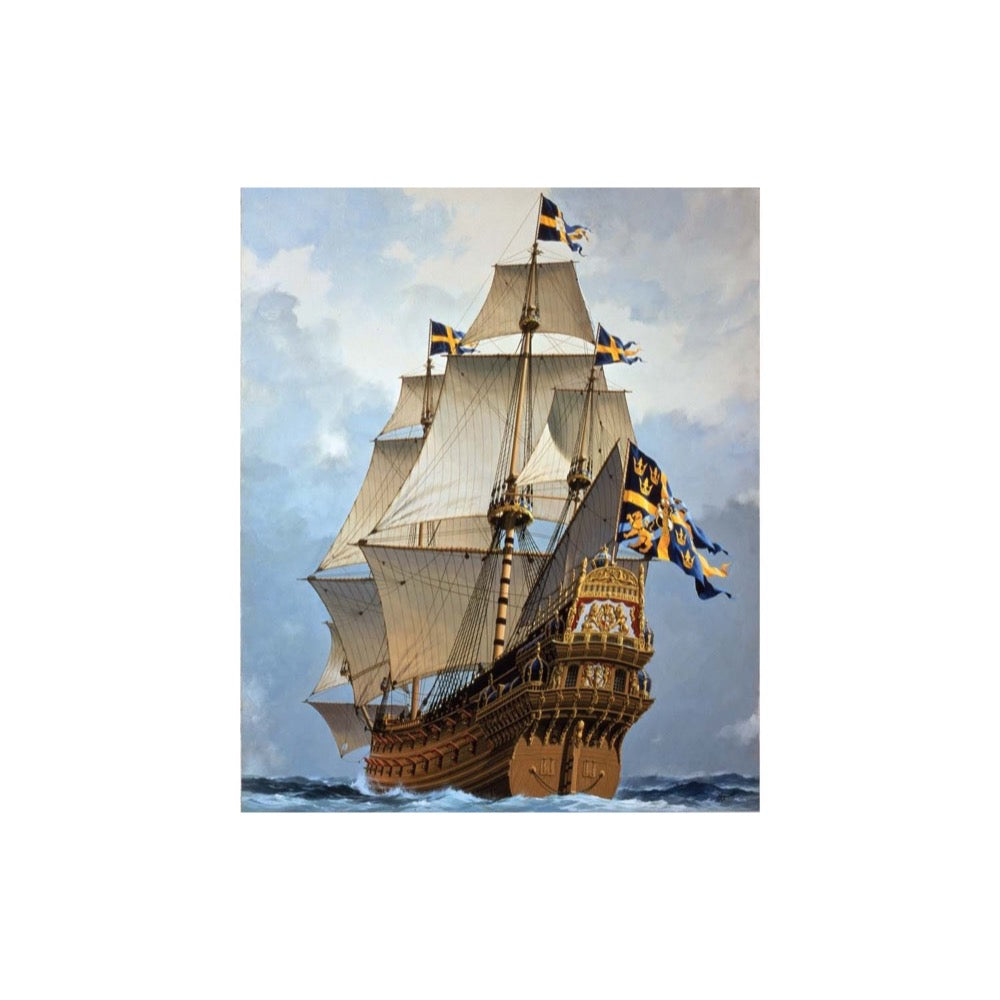
Airfix A09256V 1/144 WASA
33.00
$
<p>In 1625, while Sweden was busy building an empire around the Baltic Sea, the Swedish King Gustavus Adolphus ordered new warships. Among them was the Wasa. On its maiden voyage in 1628, the Wasa set sail and fired a salute.</p>
<p>But only after a few minutes of sailing the ship began to heel over. She righted herself slightly - and heeled over again and, to everyones horror and disbelief, the glorious and mighty warship suddenly sank.</p>
<h3>Specification</h3>
<ul>
<li>1:144 Scale</li>
<li>Parts Included: 229</li>
<li>Skill Level: 4</li>
<li>Scheme Options: 1</li>
</ul>
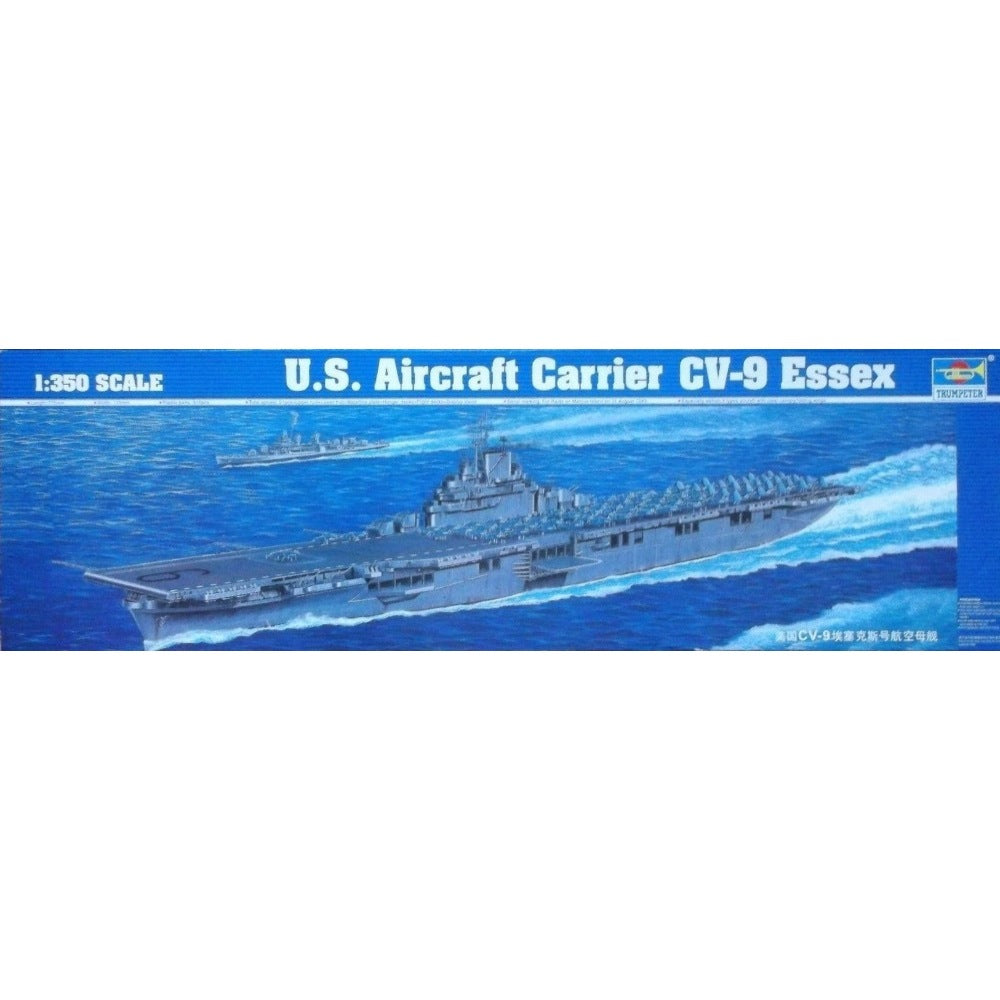
Trumpeter 05602 1/350 U.S. CV-9 Essex
71.00
$
<p>USS Essex (CV/CVA/CVS-9) was an aircraft carrier and the lead ship of the 24-ship Essex class built for the United States Navy during World War II. She was the fourth US Navy ship to bear the name. Commissioned in December 1942, Essex participated in several campaigns in the Pacific Theater of Operations, earning the Presidential Unit Citation and 13 battle stars. Decommissioned shortly after the end of the war, she was modernized and recommissioned in the early 1950s as an attack carrier (CVA), eventually becoming an antisubmarine aircraft carrier (CVS). In her second career, she served mainly in the Atlantic, playing a role in the Cuban Missile Crisis. She also participated in the Korean War, earning four battle stars and the Navy Unit Commendation. She was the primary recovery carrier for the Apollo 7 space mission.</p>
<h3>Features</h3>
<ul>
<li>Scale: 1:350</li>
<li>Length: 775 mm Width: 125mm </li>
<li>Photo Etched Parts: 2PCS</li>
<li>Upper hull</li>
<li>Lower hull</li>
<li>Waterline plate</li>
<li>Hangar decks</li>
<li>Flight decks </li>
<li>Display stand</li>
<li>Paint Schemes: Raids on Marcus Island on 31 August 1943</li>
</ul>
<p> </p>
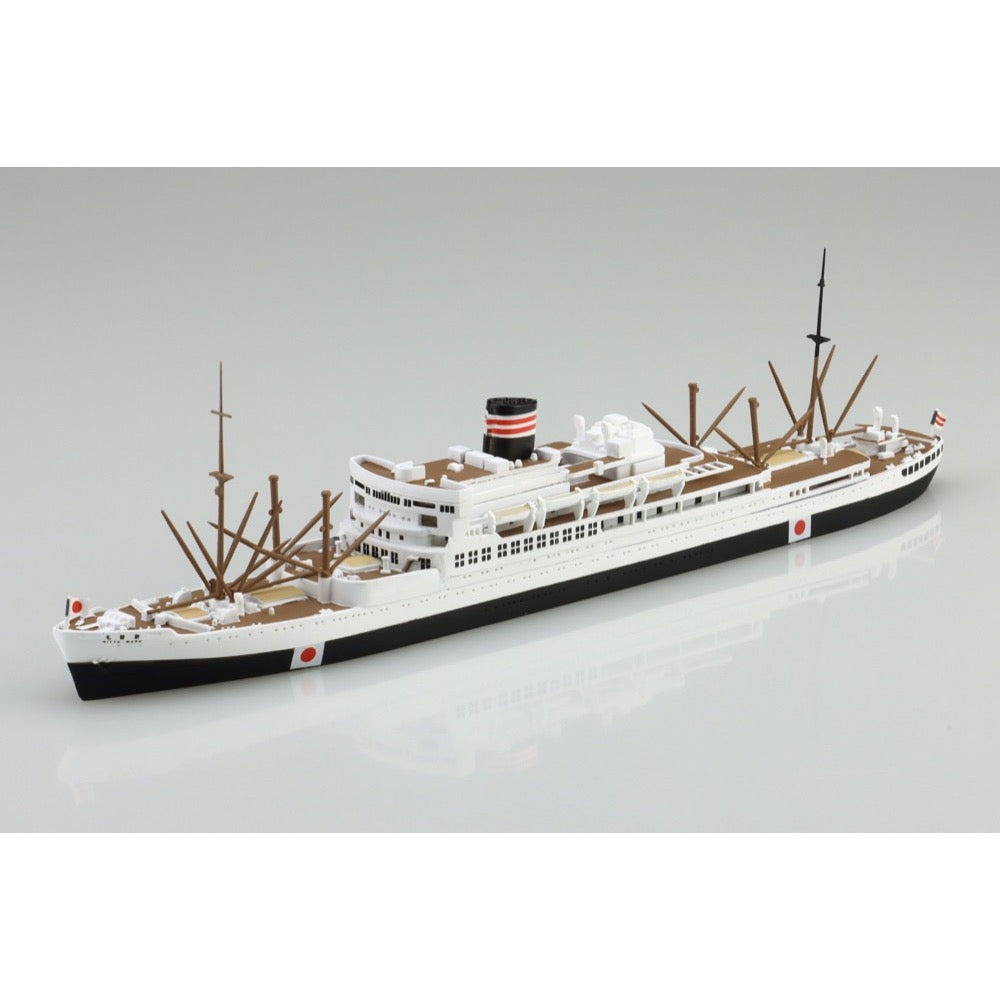
Aoshima A006975 1/700 Japanese Passenger Liner Nitta-Maru
15.00
$
<p>Originally built for operation on European routes, the passenger liner Nitta Maru never fulfilled its intended purpose due to the outbreak of World War II. During the war, it was repurposed as the aircraft carrier Chūyō, serving in aircraft transport and convoy escort missions.</p>
<p>Now, this historically significant vessel has been faithfully reproduced as a 1/700 scale plastic model kit. With an optimized part configuration, the kit is designed to be simple to assemble while maintaining accuracy in its representation.</p>
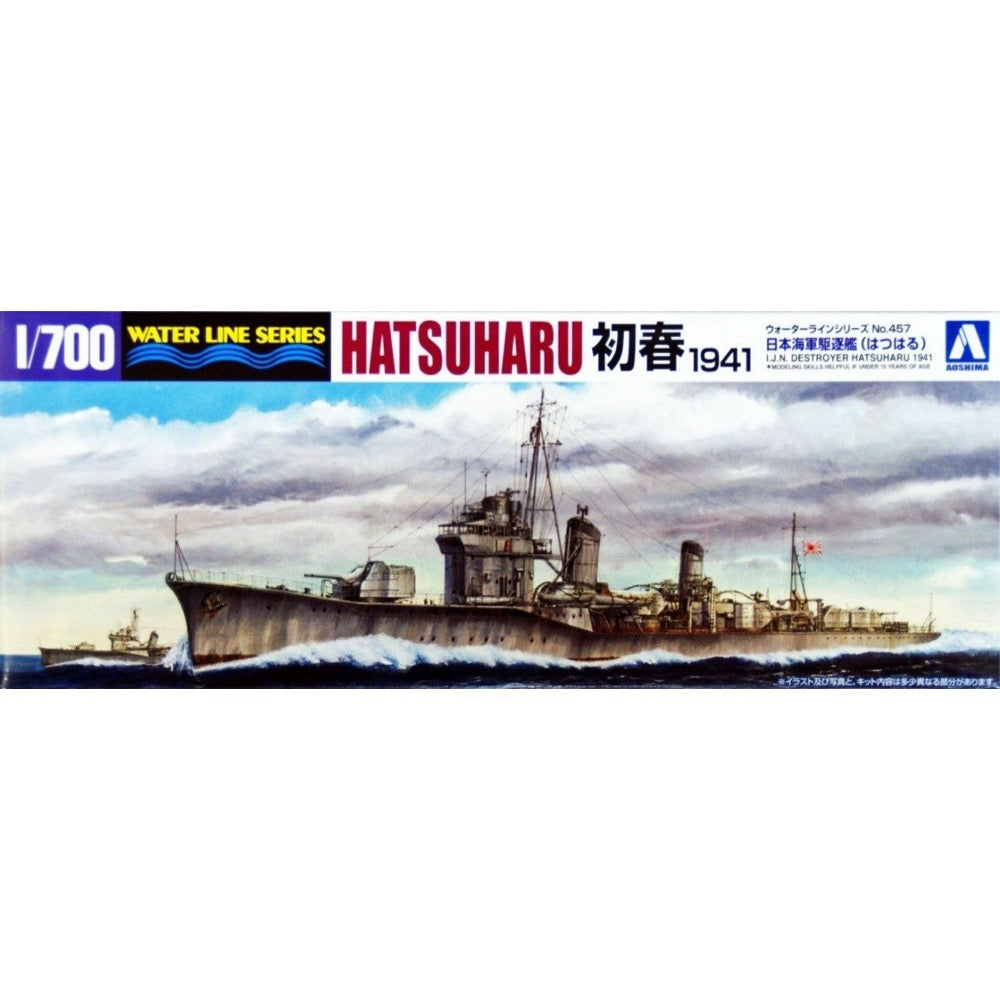
Aoshima A004580 1/700 IJN Destroyer Hatsuharu 1941
11.00
$
<p>Hatsuharu was a Japanese destroyer whose keel was laid in 1931, launched in February 1933, and commissioned in the Imperial Japanese Navy in September 1933. The length of the ship at the time of launching was 109.5 m, width 10 m, and the actual full displacement - 1,800 tons. Destroyer Hatsuharu's top speed was up to 36 knots. The main armament at the time of the launch was 5 127 mm guns in two twin turrets and one single turret, and the secondary armament was 2 40 mm cannons, depth charge launchers and nine 610 mm torpedo tubes.</p>
<p>Hatsuharu was the first destroyer of the type with the same name, ie Hatsuharu. Designing destroyers of this type was based on the very successful Fubuki class, but the provisions of the disarmament treaty of 1930 had to be respected, which forced the maximum displacement to be limited to 1,850 tons. The result was a ship with capabilities similar to the Fubuki class, but with weaker torpedo armament. What's more - also on the Hatsuharu type, the ship's stability and the overall strength of the structure had to be improved later. Finally, at the outbreak of the war, units of this type were as good as their Allied counterparts, but had less combat capabilities than the earlier chronological type of Fubuki! Destroyer Hatsuharu began its participation in World War II by supporting amphibious operations in the Dutch East Indies in January-February 1942. In May this year, he took part in an action against the Aleutian Islands. He served in the North Pacific until October. Then it underwent a thorough reconstruction, which lasted until September 1943 and mainly consisted in enhancing the anti-aircraft capabilities of the ship. After reconstruction and renovation, it served as a shield unit for aircraft carriers Unyo and Zuiho. The unit fought in the Battle of Leyte Bay (October 1944), but survived without major damage. The destroyer Hatsuharu was sunk on November 13, 1944.</p>
<p>Aoshima's detailed kit of the IJN Destoyer Hatsuharu builds into a waterline model of the ship as it appeared in 1945. </p>
<p>This is an injection-plastic ship model kit.</p>


